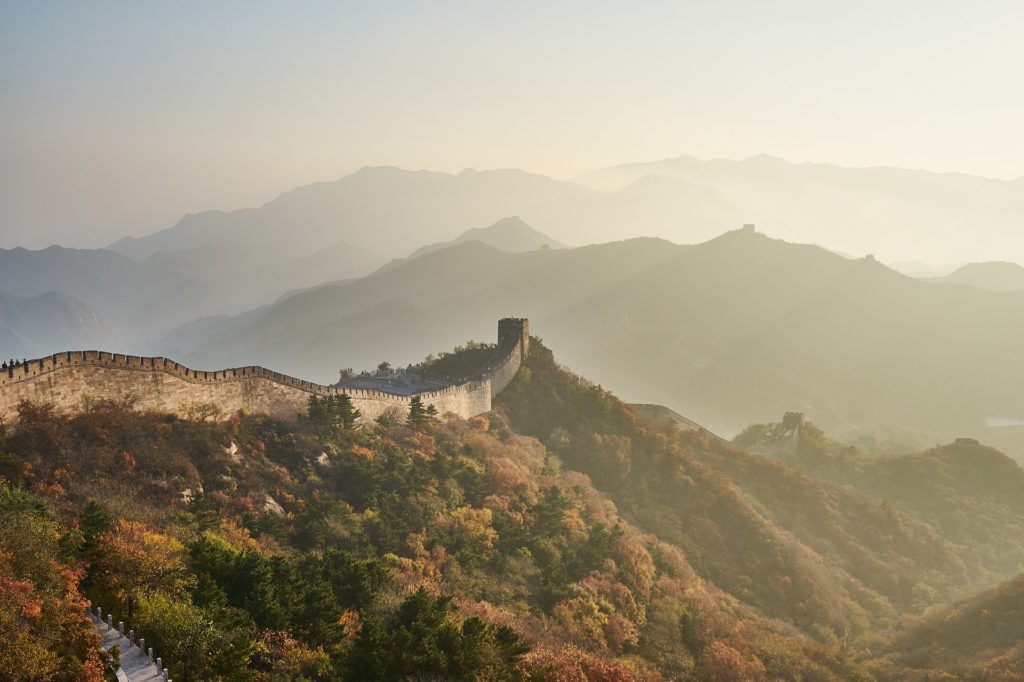The Great Wall of China
by Scott Dutfield · 16/02/2020

The Great Wall of China is the longest man-made structure on Earth
Contrary to popular belief you cannot actually see the Great Wall of China from the moon. According to scientists, trying to view the Great Wall from the moon would be the equivalent of a human trying to see a single strand of hair from a distance of two miles. In fact, while we are busting myths, neither is the Great Wall a single continuous structure, but rather a succession of independent walls and fortifications built over successive Chinese dynasties.
Built originally by the first emperor of unified China Qin Shi Huangdi in order to keep out the nomadic Xiongnu tribes inhabiting Mongolia, the Great Wall was designed to be the first line of defence for the Chinese people against any raids and attacks. Stretching originally along the newly founded northern frontier of the country – before being expanded and rebuilt by following emperors until it spanned piecemeal from Qinhuangdao in the east to Jiayuguan in the west – the Great Wall was a massive undertaking for the soldiers and civilians who were tasked with its construction.
The Great Wall was built originally from whatever was local to the specific area, such as wood, earth and stones, as transferring large quantities of materials from elsewhere was a very costly and laborious task. Later rulers of China, however, used much stronger materials such as bricks, tiles and stone to build the wall, allowing for tougher fortifications and battlements. In order to build such a long and deep wall (some sections of the Great Wall are as much as six metres wide at the base and it is roughly 5,500 miles long), over half a million labourers and 300,000 soldiers were required to build the Qin section, a number only to rise with the additions of subsequent emperors. It is estimated that over 2 million people have died in
its construction.
The Great Wall of China was defended primarily by archers that, due to the inability of attackers to bring horses over it, left potential attackers on foot with only the option of scaling it. This allowed for the wall to remain relatively unmanned in terms of military might, with small groups of soldiers patrolling large sections. Despite its grand appearance, however, the Great Wall was never supposed to keep out a fully-fledged army who if determined could breach it quite easily, but rather to prevent flash raids.
The route of the wall
Below is a simple 19th Century map that roughly shows the trail that the Great Wall of China follows in its many parts. In reality, sections of wall overlap, fall short of others and no longer exist. Parts of wall can be found in many other places as well, from northern China to Russia and Mongolia.
Spanning 5,500 miles in length, the Great Wall starts at the Hushan Great Wall in the east to Jiayuguan Pass in the west, passing through the provinces of Liaoning, Hebei, Beijing, Tianjin, Shanxi, Inner Mongolia, Ningxia, Shaanxi, Gansu and Qinghai on its way.
This article was originally published in How It Works issue 03
For more science and technology articles, pick up the latest copy of How It Works from all good retailers or from our website now. If you have a tablet or smartphone, you can also download the digital version onto your iOS or Android device. To make sure you never miss an issue of How It Works magazine, subscribe today!å





